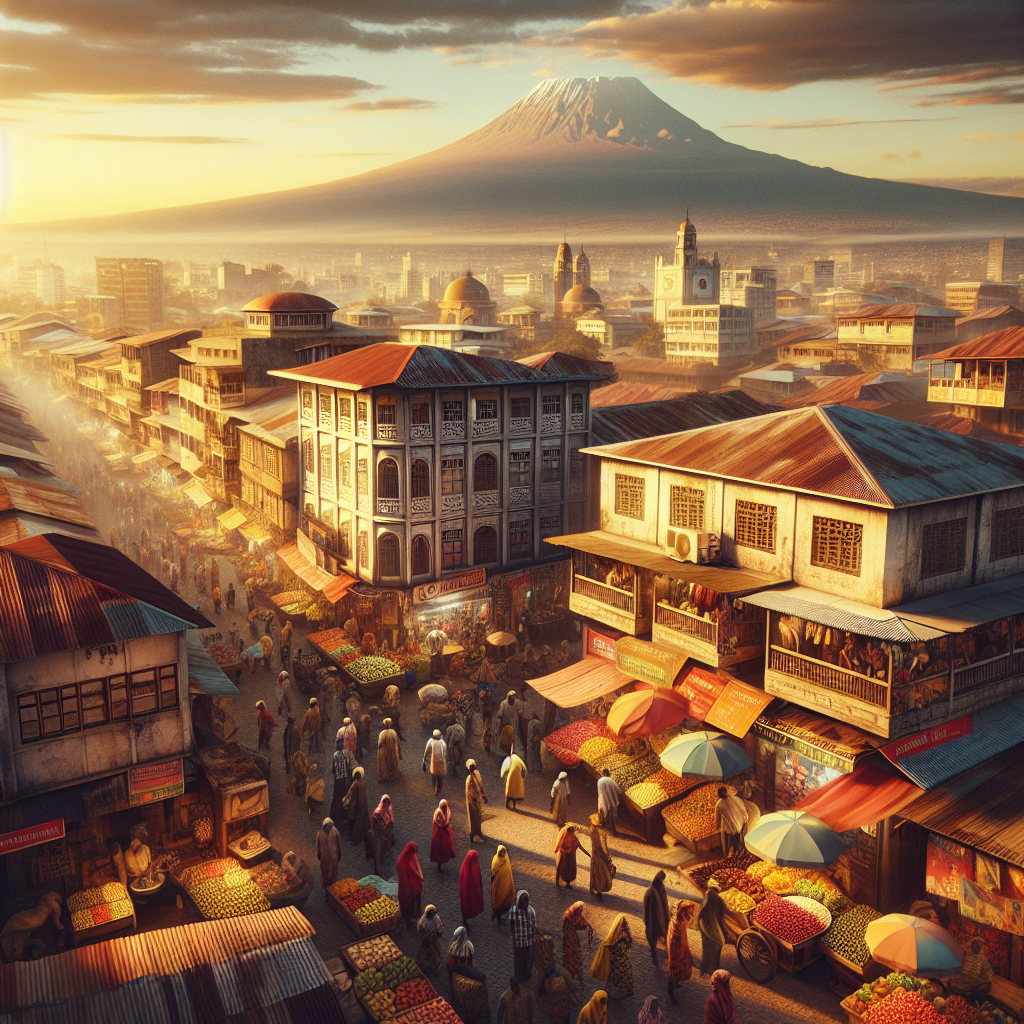Imagine stepping into a vibrant neighborhood that sits as a tantalizing crossroads between tradition and modernity. Welcome to Sekei, a lively district in Arusha, Tanzania, known for its rich blend of cultural elements, which make it one of the most fascinating places in the region. Here, the past meets the present in ways that can hardly be ignored. In the bustling streets of Sekei, people from diverse backgrounds come together, making it not just a place, but a living, breathing celebration of human experience.
Sekei holds its own in the historical landscape of Arusha. Located in northeastern Tanzania, it’s a stone’s throw away from the stunning vistas of Mount Meru, an active stratovolcano that provides a constant reminder of nature's presence. This proximity to natural wonders adds a layer of life to Sekei, making every day a dance between urban living and the wilderness that surrounds it. Arusha, being the gateway to some of Africa’s leading tourist destinations like the Serengeti National Park and Mount Kilimanjaro, sees a lot of footfall, and Sekei enjoys a slice of that visitor pie.
This part of Arusha is a melting pot, with a mix of the indigenous Meru and Maasai people blending harmoniously with other Tanzanian ethnic groups and international travelers. The cultural harmony is reflected in the myriad voices and languages that fill the air from Swahili to English. Sekei, like many areas in Tanzania, celebrates its diversity with an air of acceptance, making it a testament to modern-day pluralism.
Wandering through Sekei, one can’t miss the pulsating life of its markets. Whether you are there to shop or simply watch, the markets offer an experience. Brightly colored kitenge fabrics flutter in the breeze as vendors hawk everything from fresh produce to handcrafted goods. The markets in Sekei are more than just economic zones; they are cultural hubs where stories and experiences are shared amongst locals and visitors alike. These bustling centers reflect the essence of Tanzanian hospitality, which tirelessly invites and embraces anyone who visits.
However, it's not all idyllic. The fast pace of urban growth in Arusha and Sekei brings challenges. Urbanization has both its supporters and detractors. On one hand, development is essential for economic progress, more jobs, and improved infrastructure. Yet, on the flip side, rapid growth can overshadow local traditions and strain limited resources. The tension between preserving cultural heritage and modernization is palpable. It's a balancing act that’s critical to ensuring that Sekei remains a place where traditions can thrive even as new opportunities arise.
Education in Sekei serves as a window into the aspirations of its people. Schools brimming with eager students are a common sight. The local education system works tirelessly to provide quality education, often with limited resources. While the Tanzanian government and NGOs strive to bring improvements, challenges remain, from overcrowded classrooms to shortages of learning materials. Yet, the resilience and determination of students here is remarkable and leaves a strong impression on visitors. They dream big, yearning for a future where the doors of opportunity swing wide open.
The complexities of Sekei’s socio-economic fabric cannot be ignored. Economic disparities exist, with some residents living below the poverty line, facing hurdles like unemployment and inadequate access to healthcare. But hope shines through grassroots initiatives and community-driven projects that aim to uplift the disadvantaged. Empowerment programs, particularly those focused on women and youth, play an integral role in fostering economic growth and social change.
Public health is another pressing issue. While Arusha has hospitals and clinics, access is not always easy for everyone. Efforts are underway to improve healthcare services, thanks to both local efforts and international aid. This struggle is an essential part of conversations around human rights and equity in healthcare, conversations that resonate deeply with Sekei's politically liberal heartbeat.
Sekei’s vibrant nightlife brings another face to this lively district. As day turns to night, the bars and clubs come alive. You’ll find a crowd that sees no boundaries, dancing to a fusion of traditional Tanzanian music and the latest global hits. The youthful exuberance is infectious and speaks volumes about the generational shifts happening in Sekei and Arusha at large.
In encountering the soul of Sekei, one is reminded of the power of community and the rich tapestry that different cultures bring to the human experience. This district stands as a microcosm of broader socio-political dynamics, where the local becomes global in an era of increasing interconnectedness. Visiting Sekei allows those from outside to not only observe but engage with the forces that shape our shared world. This is what makes Sekei, and by extension, Arusha, a unique place—where differences are not just tolerated but celebrated, casting a hopeful light on the possibility of unity in diversity.

